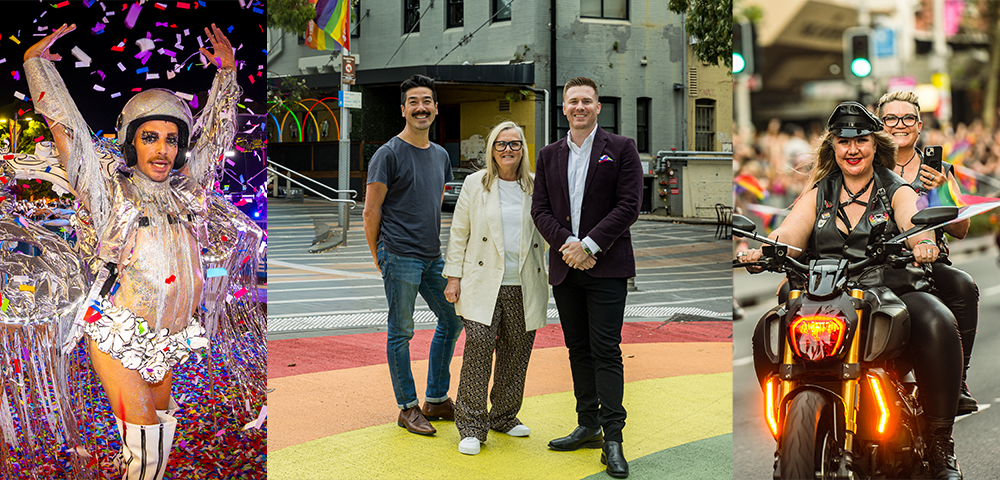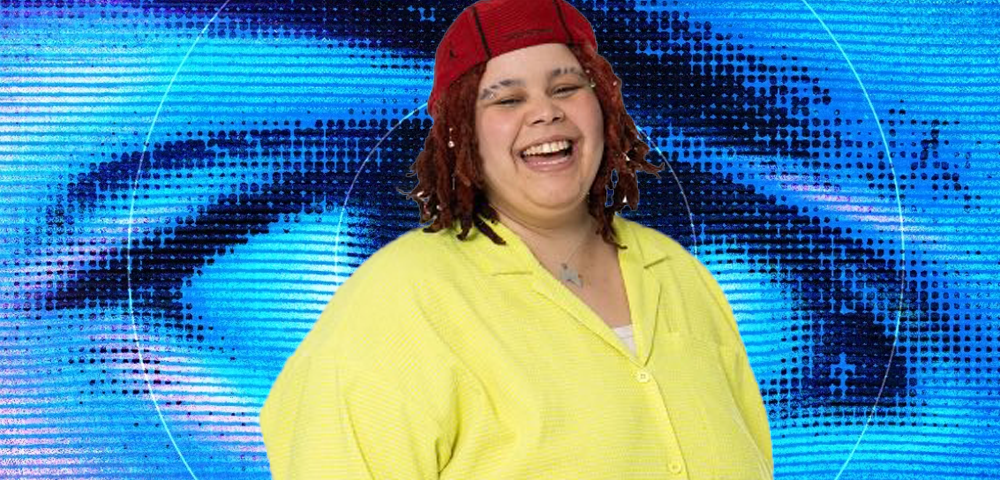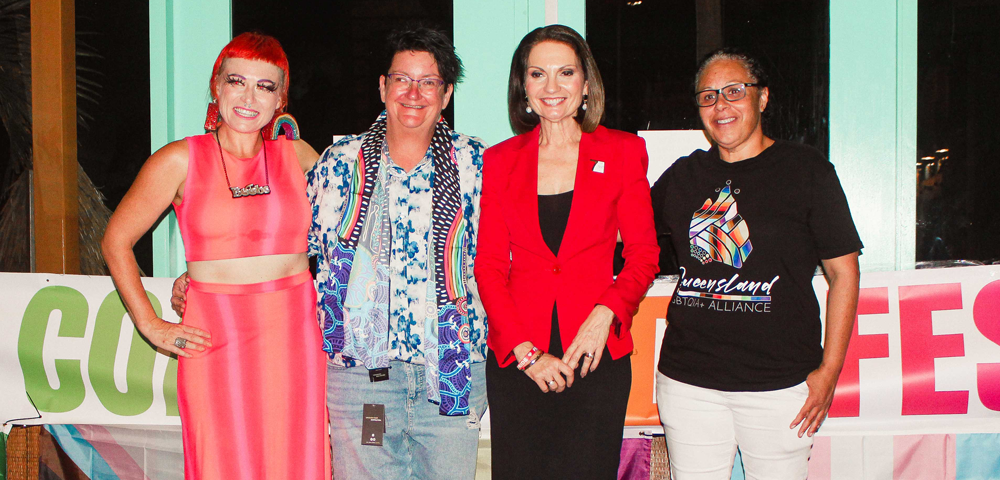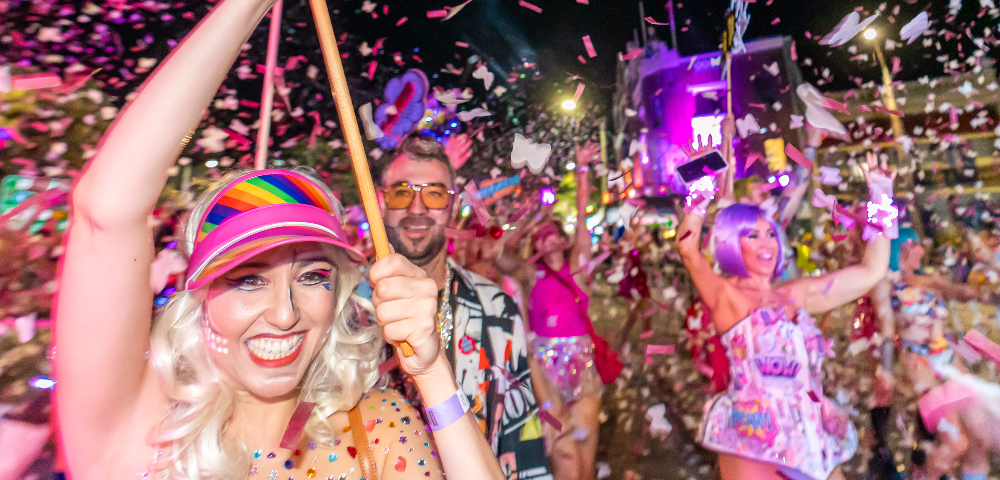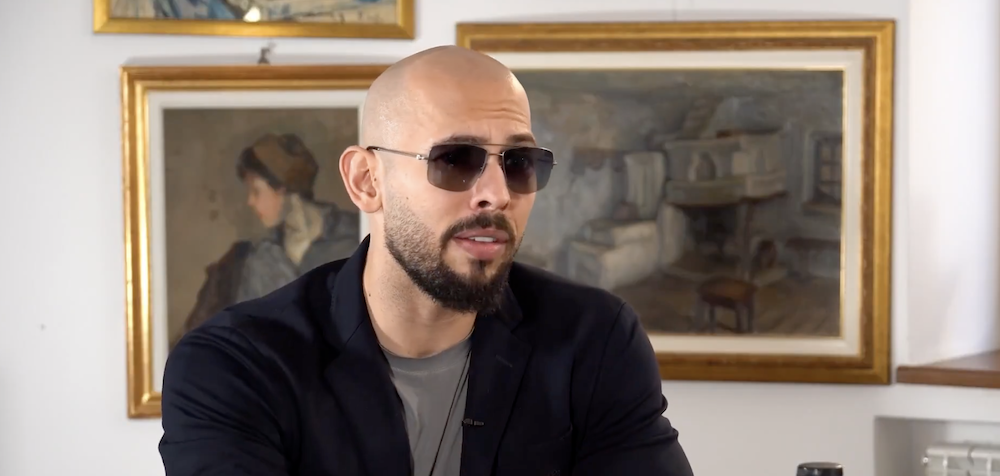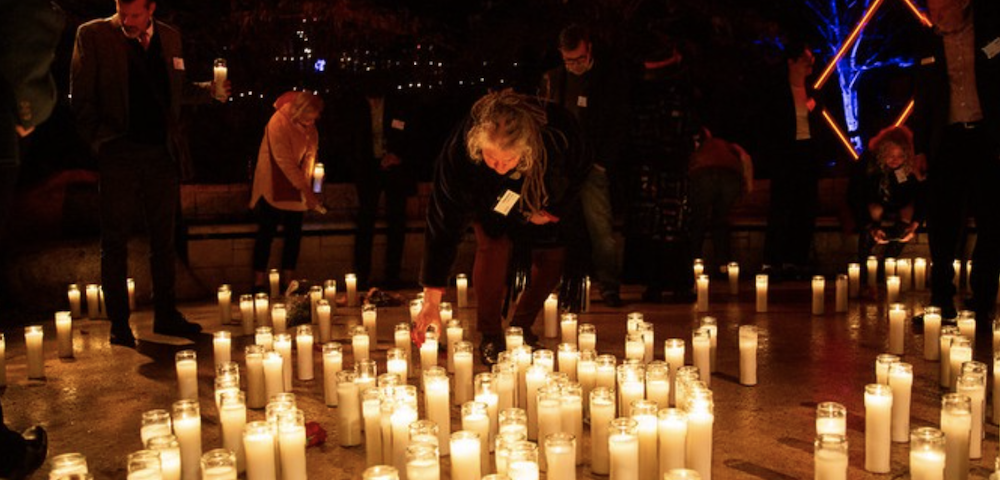
LGBT Students More Likely To Experience Sexual Assault and Harassment At Australian Universities, Says Survey
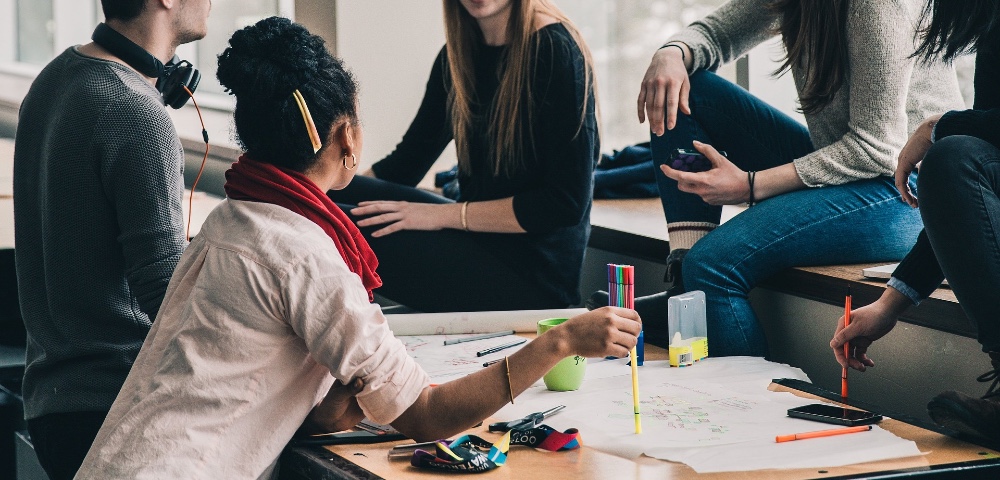
One in three university students (30.6%) have experienced sexual assault, while one in two university students (48%) have experienced sexual harassment in their lifetime.
This is one of the findings of the 2021 National Student Safety Survey (NSSS) report that was released last week. LGBTQI students experienced sexual harassment and sexual assaults at a higher rate than their heterosexual classmates.
Trigger Warning: This story has details of sexual harassment and sexual assault, which might be distressing to some readers. For 24-hour crisis support and suicide prevention call Lifeline on 13 11 14. For Australia-wide LGBTQI peer support call QLife on 1800 184 527 or webchat.
Around 43,819 students enrolled in 38 Australian universities responded to the survey, in addition to 1,835 current and former students who had submitted written responses. Twenty-three percent of the students who responded to the survey identified as gay, lesbian or bisexual.
Sexual Harassment At Universities
A quarter of male students (26%) said they had experienced sexual harassment in their lifetime, but these numbers rise manifold when it came to female students 62.9%), transgender students (62.8%) and students who were non-binary or identified as another gender (76.8%).
Asked about the past 12 months, around 10.5% of female students, 14.7% of trans students and 22.4% of non-binary students said they had experienced sexual harassment at the university.
LGBT Students Experience Sexual Assault At Higher Rates
The number of students who said they had experienced sexual assaults in their lifetime showed a similar trend across the categories.
While 14.1% of male students said they had been sexually assaulted in their lifetime, the numbers rose when it came to female students (41.8%), transgender students (42.9%) and non-binary students (56.1%).
Around 1.1 % of all students said they were subjected to sexual assault in the past 12 months at their university.
Gay or lesbian students (2%) and sexuality diverse students including bisexual students (3%) were more likely to have experienced sexual assault in the past 12 months at university than heterosexual students (0.8%).
In a large majority of the cases of sexual assaults, the perpetrators were males (85.7%), involved students from their own university (58.8%) or someone they knew (65.7%).
Universities Acknowledge Problem
The universities seemed to acknowledge the seriousness of the issue and the work to be done to make campuses safer for students.
“All too sadly, the survey results highlight some of the ongoing issues we faced within our community and in society around sexual misconduct. They confirm that sexual assault and sexual harassment are primarily perpetrated by men against women. They also highlight that people of diverse sexualities and genders and people with disabilities experience it more often,” said University of Sydney Vice Chancellor Mark Scott in a statement.
“The impacts on survivors, their education and their lives are profound. This is unacceptable. One case is one too many and we must and will do more to address and respond to this serious problem,” said Scott.
University of Melbourne Vice-Chancellor Professor Duncan Maskell admitted that the data was “confronting”. “But it’s important to use this information to motivate the change required to make our campuses safe for our community,” said Maskell in a statement.
If you feel distressed reading the story, you can reach out to support services.
For 24-hour crisis support and suicide prevention call Lifeline on 13 11 14
For Australia-wide LGBTQI peer support call QLife on 1800 184 527 or webchat.




